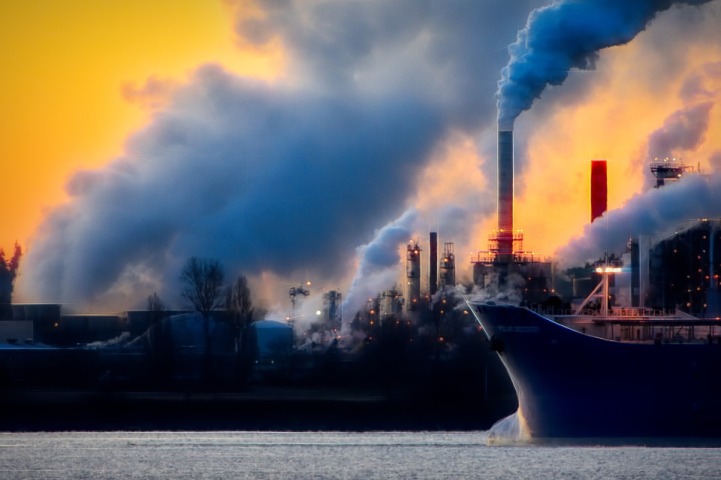Australia makes biggest carbon polluters curb emissions

- Country:
- Australia
The Australian Parliament created landmark new laws on Thursday that will make the nation's biggest greenhouse gas polluters reduce their emissions or pay for carbon credits.
The centre-left Labour Party administration said the so-called Safeguard Mechanism reforms are essential to Australia reaching its target of reducing its emissions by 43 per cent below 2005 levels by the end of the decade.
Set to take effect July 1, the reforms create a ceiling on the nation's emissions and force Australia's 215 most polluting facilities to reduce their emissions by 4.9 per cent a year or reach the target with carbon credits.
The laws create Australia's first price on carbon since a former Labour government created a carbon tax in 2012.
A conservative government repealed that tax in 2014 and has since rejected any climate policies that would make polluters pay.
The bills passed the Senate on Thursday by a vote of 32 to 26, with Labour senators supported by the minor Greens party and unaligned legislators.
The Greens, who represent 11 senators, began negotiations with Labour with a demand that no new coal and gas extraction projects be allowed.
But the Greens are satisfied that an agreement to strictly cap emissions would mean that half of the 116 new coal and gas projects proposed in Australia would not go ahead.
The Liberal Party and the Nationals party, which formed the conservative coalition government that was voted out of office in 2022 after almost a decade in power, opposed the legislation.
Opposition climate change and energy spokesperson Ted O'Brien said capping emissions would drive Australian industrial investment offshore to China and India while increasing costs for Australians.
Emissions won't be able to exceed Australia's current pollution level of 140 million metric tons (154 million US tons) a year, and that cap will decrease over time.
Big polluters would be able to buy carbon credits to help achieve their emission reduction targets, but polluters that use carbon credits to achieve more than 30 per cent of their abatement would have to explain why they were not doing more to reduce their own emissions.
The government argues that without the mechanism, Australia would only reduce its emissions by 35 per cent by the end of the decade.
The reforms would reduce Australia's greenhouse gas emissions by 205 million metric tons (226 million US tons) by 2030, equivalent to taking two-thirds of Australia's cars off the road in the same time, the government said.
The conservative parties created the Safeguard Mechanism when they were in power in 2016.
But the emission limits were so high that the 215 major polluters, which account for almost 30 per cent of Australia's emissions, were able to increase their emissions by 4per cent.
The previous government had set a less ambitious target of reducing Australia's emissions by 26 per cent to 28 per cent below 2005 levels by 2030.
The Climate Council, a leading climate communicator, described the reforms as the first Australian legislation in a decade that would regulate greenhouse gas pollution.
The Australian Petroleum Production and Exploration Association, which represents oil and gas producers, said the reforms make it harder for gas to be used to transition Australia away from more harmful coal and provide reliable backup for renewable energy.
(This story has not been edited by Devdiscourse staff and is auto-generated from a syndicated feed.)
ALSO READ
EXPLAINER-South China Sea: Why are China and Philippines tensions heating up?
China says EU subsidy probes interfere with China, Europe cooperation
Biden and Japan's Kishida forge new partnership, eyeing China and Russia
Australian Rules-Player banned for three matches for homophobic slur
China tried to meddle but Canadians decided the last two elections, says PM Trudeau










